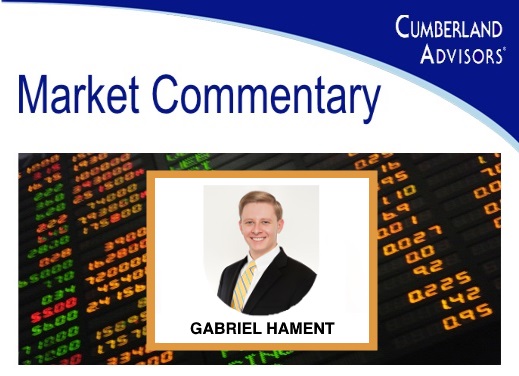The long-standing debate surrounding the lightly regulated world of donor-advised funds has been gaining traction on the pages of the Nonprofit Quarterly (NPQ).[1]

To help frame the discussion, here are some bullet points from Bruce DeBoskey on the history and growth of DAFs, published by the Denver Post:
(*) “Today, there are about 300,000 DAFs in the United States, holding nearly $100 billion.”[2]
(*) “Often, DAFs are associated with financial investment firms, such as Fidelity Charitable or Schwab Charitable, or with independent entities like the National Philanthropic Trust or the American Endowment Foundation. DAFs are also housed at more than 700 community foundations, such as The Denver Foundation, Rose Community Foundation, and Community First Foundation.”[3]
(*) “Most DAFs report that from 16 to 20 percent of donated assets go out to charity each year. This is much higher than the five percent required-payout for private foundations.”
(*) “The major DAFs report that from 80 to 84 percent of their assets are paid out to charities over a ten-year period, leaving 16 to 20 percent of their contributions sitting dormant. An IRS study found that nearly 22 percent of DAF sponsors in 2012 made zero distributions.”[4]
The criticism leveled at the DAF vehicle centers around two contentions:
(1) The absence of any state or federally mandated rule compelling DAFs to distribute funds to “working charities” results in billions of dollars lying dormant while charitable needs go unmet.
(2) Financial firms that have established 501(c)3 arms in which their clients’ DAFs are housed, have little incentive to accelerate the distribution of monies from the DAFs because the firm likely collects an investment management fee for investing the funds.[5]
Ray Madoff, a professor at Boston College Law School, suggests some policies that may encourage a faster flow of funds from DAFs to charitable initiatives:
(1) “Congress could incentivize distributions from DAFs by tying some of the charitable tax benefits to the release of DAF funds. For example, Congress could enact rules that would allow donors to avoid capital gains on transfers of property into DAFs, but would delay the charitable deduction until such time as funds are distributed from the DAF to non-DAF beneficiaries.”[6]
(2) “Alternatively, Congress could impose a maximum time period for DAF accounts to be distributed outright to charities. This could easily be accomplished by requiring donors, as a condition of the deduction, to name a non-DAF charity that would receive any undistributed funds at the end of the designated period.11 For example, if Congress were to impose a maximum time period of ten years, then a donor who funds a DAF in 2018 would be required to name a charity that would receive any remaining funds in the 2018 DAF account by 2028.12 DAFs would maintain their flexibility, because donors could change their charitable designations by simply making distributions from that account before the termination date. A maximum distribution period would not undermine the effectiveness of DAFs or their appeal to donors. It would simply establish a limit that would ensure that tax-benefited dollars are granted outright to nonprofits within a reasonable period of time.”[7]
We will add another wrinkle to this conversation, and that is the consideration of intergenerational equity – a foundational principle governing the management of funds established for the perpetual benefit of nonprofit organizations. Nearly every jurisdiction in the United States has adopted the Uniform Management of Institutional Funds Act (UPMIFA), which mandates that fiduciaries of perpetual funds balance the needs of the present and the future. Please see our previous writings on this topic. (Here: http://www.cumber.com/intergenerational-equity/ and here: http://www.cumber.com/the-imprudent-man-rule/.)
We will conclude with a question to our readers: Is the goal of a donor-advised fund to provide perpetual support for charitable initiatives, or is it a temporary pass-through vehicle that is to be spent down to zero, sooner rather than later?
We look forward to your feedback.
Gabriel Hament
Foundations and Charitable Accounts
Email | Bio
Links to other websites or electronic media controlled or offered by Third-Parties (non-affiliates of Cumberland Advisors) are provided only as a reference and courtesy to our users. Cumberland Advisors has no control over such websites, does not recommend or endorse any opinions, ideas, products, information, or content of such sites, and makes no warranties as to the accuracy, completeness, reliability or suitability of their content. Cumberland Advisors hereby disclaims liability for any information, materials, products or services posted or offered at any of the Third-Party websites. The Third-Party may have a privacy and/or security policy different from that of Cumberland Advisors. Therefore, please refer to the specific privacy and security policies of the Third-Party when accessing their websites.
Sign up for our FREE Cumberland Market Commentaries
Cumberland Advisors Market Commentaries offer insights and analysis on upcoming, important economic issues that potentially impact global financial markets. Our team shares their thinking on global economic developments, market news and other factors that often influence investment opportunities and strategies.

